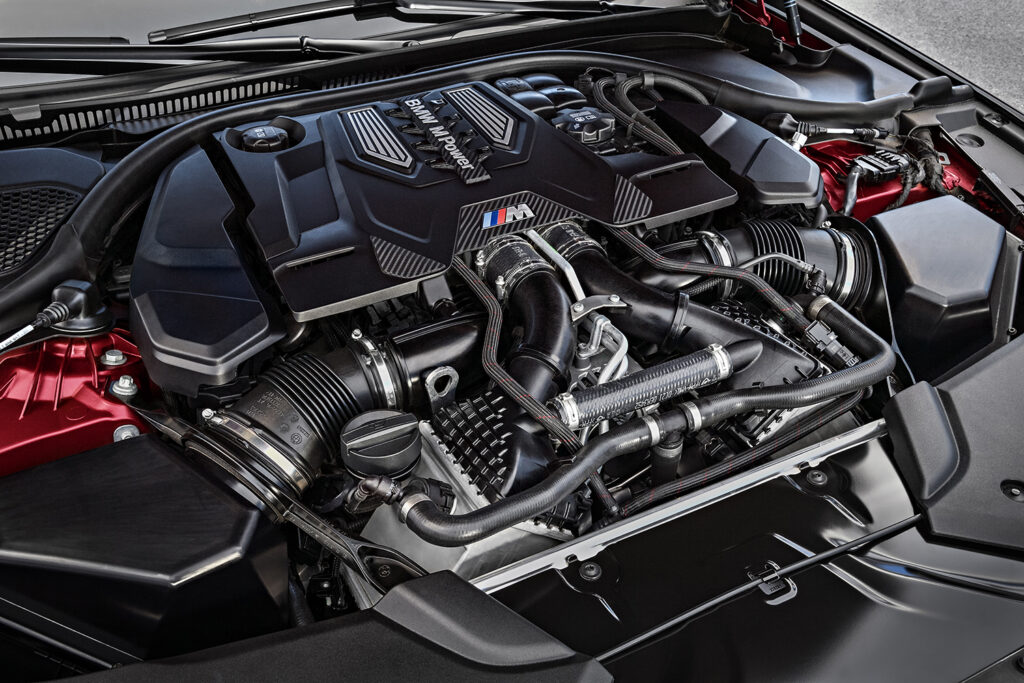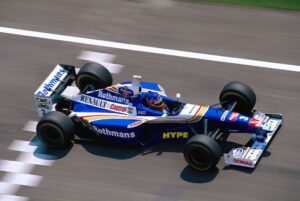We humans talk about moving on, admiring the change, and welcoming the future but we don’t implement what we say. I mean why should we? When the past is so good, we hesitate to move on and the bar has been set so high by the old days that we are scared that the future won’t be able to break it and we will have to settle for less. The world is going to change in the next 10 years and cars will be all-electric, scary right? Even though I’m scared everything will be so different, your dream car will be powered by a battery rather than a V engine and any beautiful eye-catching car won’t make a symphonic sound. Don’t get me wrong, I’m not here to depress you. Instead, I’m here to tell you that we have to acknowledge the present, luckily we are in the era where we have some legendary V engines and maybe the car that makes your dreams wet is powered by one of the legendary V.

We all have had dreams about having a fast, loud car and most of them, to be honest, were emblemed by an angry bull or a devil horse. I have had mine with the angry bull, I still remember the day when I watched Bruce Wayne drive up in his Lamborghini Murcielago Roadster to a luxurious Gotham hotel accompanied by two European women exiting his car. I was in complete love with it and just like we all do with our crush, I stalked it. I discovered more about it and I came across the fact that it was powered by a massive 6.5-litre V12, believe me, my jaw just dropped after knowing this. I realized I was no more curious about the Lamborghini but the V12 in it. I was so curious that I went down and tried to find out everything about a V engine.

The first V engine, a two-cylinder V-twin, was used in the 1889 Daimler Stahlradwagen automobile. The first V8 engine was produced in 1903, for racing boats and aeroplanes. The first V12 engine was produced the following year, again for use in racing boats. The first V6 engine to reach production appeared soon after in 1908, for use as a generator for gasoline-electric railway engines. In 1915 the Americans made the Cadillac Type 51 which was the first road car with a V8. Later, there were V6, V8, V10, V12, and even V16. Most manufacturers have tried a V-hearted engine for their cars, and people loved most of them. The growling sound when you fire up a V engine, the bassy midrange, and the way they scream to the top end is a pure symphony to the ears. It is not just the sound these engines make, they put out some mind-numbing numbers as well. Also, the fact that they are very flexible, manufacturers have paired them with a turbocharger, a supercharger, and an ultra charger. Later when I discovered this I realized that what I had with V12 was a fling. What I am in love with is a twin-turbo V8 in the M5 and I would love to know which one you are in love with.

But have you ever wondered why V engines? What makes that arrangement so enticing? Well, the theory is simple and complicated at the very same time. In general, V-shaped engines are more powerful and compact than Vertical engines. It is an engine with a common crankshaft shared by two combustion chambers. In comparison to an equivalent inline configuration, the V configuration typically reduces the overall engine length, height, and weight. The number of cylinders used rises as the power requirement does as well. For instance, a V8 engine is smaller than an inline 8-cylinder engine, making it easier to fit one into the chassis. The main goal of car design is to keep the Center of Gravity as low as possible for the vehicle’s stability. Because of the firing sequence and shorter firing interval, the V8 produces more power. The number of cylinders determines the angle. Whatever the required angle, the engine must be properly balanced to prevent vibrations and, ultimately, power loss.

Times are changing and even car manufacturers have realized that all these engines are now being paired to a battery and downsizing has become a trend now. It may not take long when we will come to an end to the last batch of the purest V’s it can happen or it might be happening, the crowd killer pony will be all-electric from the next-gen, Lamborghini has said that this is the last generation of their naturally aspirated engines. So I believe this might be the very last decade of pure gasoline V engines and we should acknowledge them because these engines are powering the cars that make our dreams wet.








